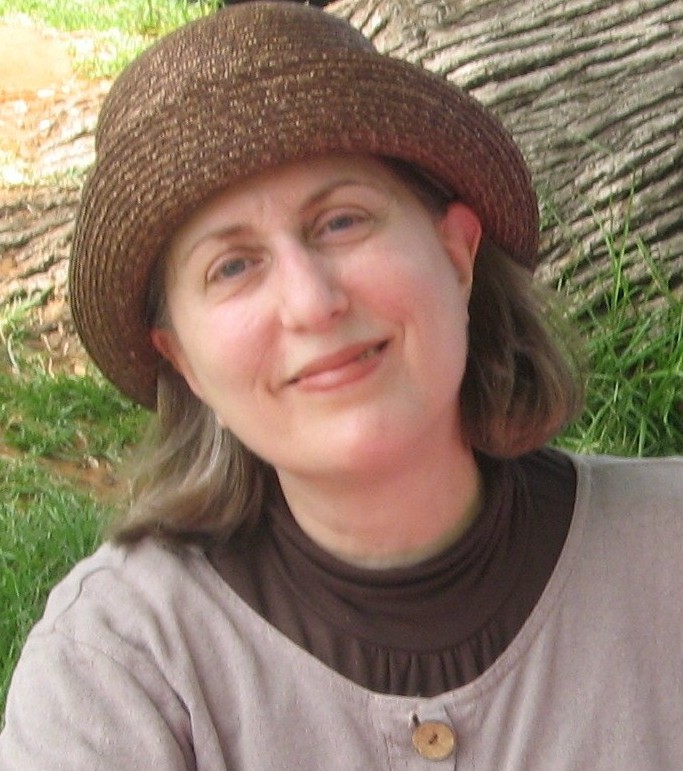Prayers Aloft


Photo: Shutterstock
While Hashem hears our prayers wherever we daven there’s something special about the ezras nashim on Yom Kippur — the feelings of camaraderie and community that flow as freely as the tears. Perhaps that’s why even during times when many women couldn’t read the words written in the machzor the ezras nashim was a cherished part of the shul. I still remember the tears. We were in the middle of Mussaf and my eyes were starting to close. Then I heard some someone sobbing her heart out as though she was crying over the loss of a close relation.
I quickly jerked opened my eyes and flipped through the pages of my machzor to find out where we were in the davening. We had already asked Hashem to remember us for life and said Unesaneh Tokef when everyone cries. What then had triggered this woman’s profound grief? When I found the place I stared at the page with disbelief.
Two of them who were the leaders of Israel were taken out first: Rabi Yishmael the Kohein Gadol and Rabi Shimon ben Gamliel the Nasi of Israel.
She was crying for the Asarah Harugei Malchus the Ten Martyrs! These were the close family members she was weeping over.
It was a powerful lesson in how to relate to the Yom Kippur davening one that never could have been learned from a book or in a classroom. It was a small taste of the power of the ezras nashim to teach support and inspire.
Shul Days
It’s hard to imagine a time without an abundance of minyanim but the synagogue as we know it is a relatively late development in our People’s history. In the midbar and during the early years of our settlement of Eretz Yisrael the Mishkan was the focal point of our avodas Hashem. Then we had the Beis Hamikdash in Jerusalem. When an “out-of-town” kehillah needed to pray for something that didn’t need a korban — rain for example — they gathered in the village marketplace or near the city gates to cry out for salvation.
This changed after the destruction of the First Temple when the Jews went into exile. Not only was there no Beis Hamikdash but the marketplaces and streets were filled with all sorts of people not just Jews. We therefore needed our own private space to pray. That place was the synagogue.
Even after the return of the exiles and the building of the Second Temple synagogues continued to be built and used. Talmud Bavli says there were 394 synagogues in Jerusalem alone (Kesubos 105a) while Talmud Yerushalmi puts the number at 480 (Megillah 3:1). Synagogues could also be found in many other cities and villages within Eretz Yisrael as well as in other places where Jews had settled such as Egypt Rome and North Africa.
After the destruction of the Second Temple and during the centuries that followed the synagogue became the center of Jewish life. By the Middle Ages not only was it a place to pray and learn but often housed within the walls of the synagogue complex were the mikveh the courtroom for the beis din the slaughterhouse a social hall and even a place for travelers to sleep.
Was there a place for women within this hub of activity? Was there also an ezras nashim?
Oops! We could not locate your form.






